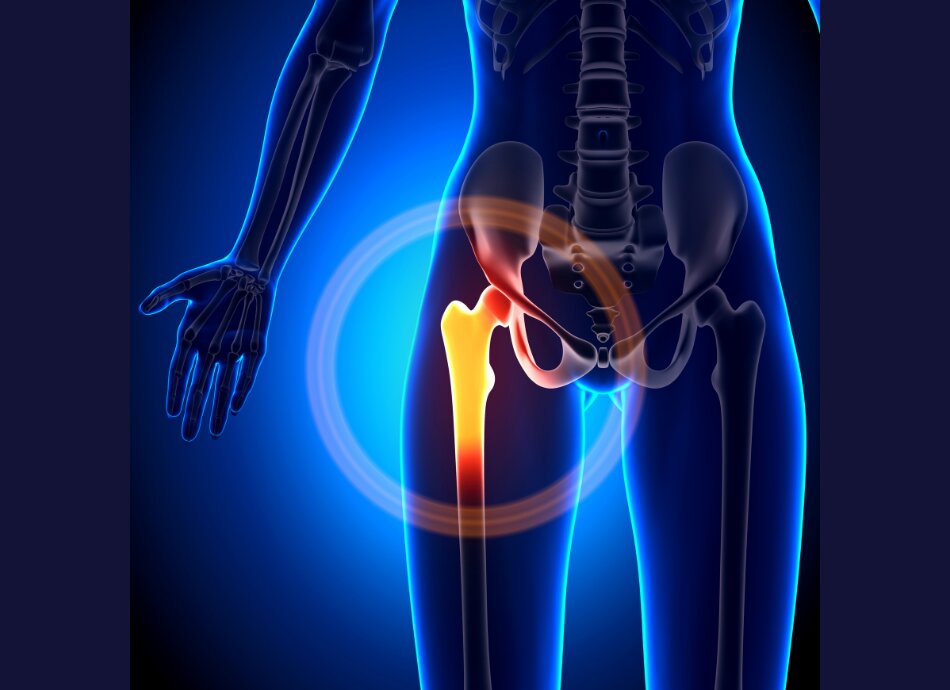Symptoms of a broken hip after a fall may include:
- pain
- not being able to lift, move or turn your leg
- not being able to stand or put weight on your leg
- bruising and swelling around your hip
- your injured leg appearing shorter than your other leg
- your injured leg turning outwards.
A broken hip won't necessarily cause bruising or prevent you from standing or walking.
If you're worried that you may have broken your hip, you need to go to hospital for assessment. Call 111 for an ambulance.






